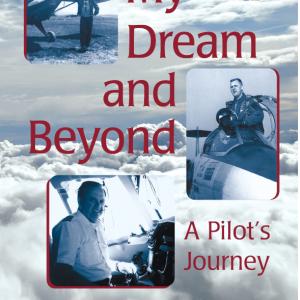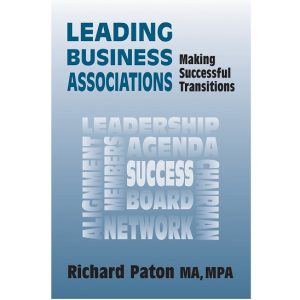The Early History of Cumberland Township Authors
Gérard Boyer – The idea of writing an early history of Cumberland Township became a necessity for the following reasons :
I could not find a complete historical context for the arrival of my ancestors, the Morins, the Quigleys, the Camerons, the Summers, and the McNeelys. In my own genealogical research I was finding all kinds of interesting historical information on the Dunnings, the Fouberts, Walter Beckworth, …, but there was no context in which to put the information.
I became a member of the Cumberland Township Historical Society, which agreed to sponsor the idea. I then found four other individuals who shared the same interest.
It’s been a fascinating historical experience. It helped me put in place the context that I needed for my own ancestors. I wish to thank the Cumberland Township Historical Society for their support and all of those wonderful contributors of information who have allowed us to understand Cumberland Township’s early beginnings.
Denise Beaton – I first became intersted in genealogy when I found the original land patent to our Cumberland farm in an old shoebox in the attic in 1987. It turned out that my husband’s Kinsella ancestors had been the original pioneers who had purchased the land directly from the Crown. Off I went on a quest of finding all I could about my children’s ancestors who had cleared this land that we were now farming seven generations later. In 1991, I published, for direct family members only, a short history of the Kinsella- Beaton families and put it to rest until retirement from teaching came along.
When I decided to join this small group of enthusiastic researchers in September of 2014, I was very naïve. I thought that, since I had already covered one of the pioneer families, it would be a piece of cake to research a few more. I accepted the task of researching four of the pioneer families, joined Ancestry.ca, and ordered brand- new up- to- date software. I was ready, thinking I’d have this done by the next year! Clearly, I had forgotten how easily one gets hooked as one keeps finding more facts and relatives, solving different puzzles and creating new ones. Six years later, our project has finally reached the publication stage.
The best part about working on this book has been uncovering unknown relatives from all over Canada and the USA and establishing contact with them. Their help and contributions have helped me solve many puzzles. I have also been very lucky to have the help of “local relatives” who supplied priceless documents, pictures, and stories. The only frustration has been discovering very old photos with unidentified people. This always leaves me very sad, as we owe a lot to these old pioneers who were part of the making of Cumberland.
Whether you are lucky enough to still live on the same land as many generations of your ancestors or to finally find the “old homestead,” the feeling of walking on the same land as one’s ancestors is indescribable. I hope that this book will help at least one person find his or her unknown ancestors and be able to go walk on “their land” and experience that feeling.
Marilyn Sequin – I joined the Cumberland Historical Society many years ago while researching my Brennan ancestors, about whom I knew nothing, other than that they came from Sarsfield. The Caboose provided a wealth of information. Researching my own family tree has become a passion, so when the opportunity arose I volunteered to work on some of the family trees of earlier Cumberland pioneers. I believe I started out with a list of about a dozen but that expanded to about twenty.
Along the way, I have learned a lot about the history of Cumberland and developed a curiosity to learn more. Surprisingly, I discovered connections to early Cumberland pioneers, mostly Fouberts, on my Seguin side. I was also amazed to discover that a Lavergne ancestor had arrived in New France on the same ship with my own Seguin ancestor, in 1665. They both served in the Carignan Salières regiment under St. Ours and both married “filles du roi.”
While the discovery of our ancestors’ birth, marriage and death records is rewarding, placing that information in the context of where and how they lived and the trials and tribulations that they may have endured is what is truly illuminating. It is a book like this one that gives us a real sense of who our ancestors were.
Laurie Watson – In 2002 I began researching the area called Canaan, in southeast Cumberland Township, where I live. Canaan is one of the oldest of the interior Township settlements, dating back to 1842. My Canaan research is yet unpublished but continues to fascinate me, and even more so since I became involved with this intrepid band of researchers writing a book on Cumberland history to 1840. Settlement stories interest me because, almost always, there are no coincidences or accidents as to why people end up settling where they do; invariably the newcomers have a linkage to the people already settled in an area through kinship, occupation, religion, or native parish. People depended upon their connections for social and material support as well as to help smooth their way in a new society. It is these relationships that I enjoy discovering, and to see how our present- day communities reflect the choices those early pioneers made. The land they settled on; the farms, villages, businesses, and institutions they established; the buildings and roads they constructed; their use of natural resources; the families they raised- – all of these things influence our lives and shape our Township today.






